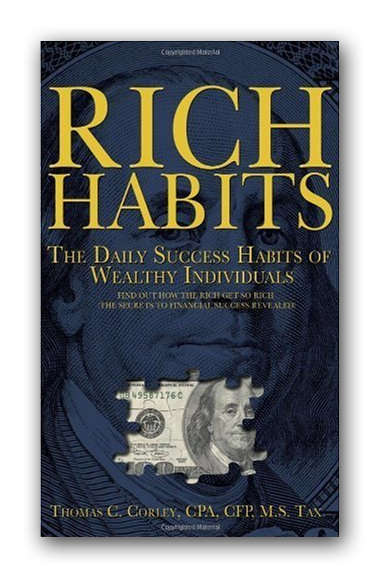
Brain cells (neurons) communicate with one another by sending chemicals (neuro-chemicals or peptides) to one another. This communication channel is called a synapse.
Each individual neuron can form thousands of links with other neurons in this way, giving a typical brain well over 100 trillion synapses.
Synapses are the latticework of the brain. They are very much like branches on a tree. A synapse, or tree limb, grows from the trunk of the brain every time two or more brain cells repeatedly communicate with one another.
With each repeated communication, the synapse, or gap between two or more brain cells, grows closer together.
This makes the distance neuro-chemicals need to travel between brain cells, shorter.
Synapses that become habits, have the shortest distances, making habit synapses the most powerful type of synapse in the brain.
This is what makes habits so hard to break – the synapses of habits are the strongest, shortest synapses in the brain.
Once a habit is forged, all activity associated with that habit becomes automatic, meaning unconscious (we are not consciously aware of our habits).
Now, this is intended to be a good thing. Automation, or unconscious behavior, allows the brain to work less, using less brain fuel (glucose or ketones), making the brain a more efficient machine.
When you forge habits that produce good behavior (saving money, eating healthy, exercising regularly), this automation puts you on autopilot for a happy, successful and healthy life.
When you forge habits that produce bad behavior (spending more than you make, eating junk food, not exercising), this automation puts you on autopilot for an unhappy, unsuccessful and unhealthy life.
The “secret to success” is a secret because the behavior that creates success is the byproduct of habits. And habits are below the level of consciousness.
Thanks to my research, the secret is out.







